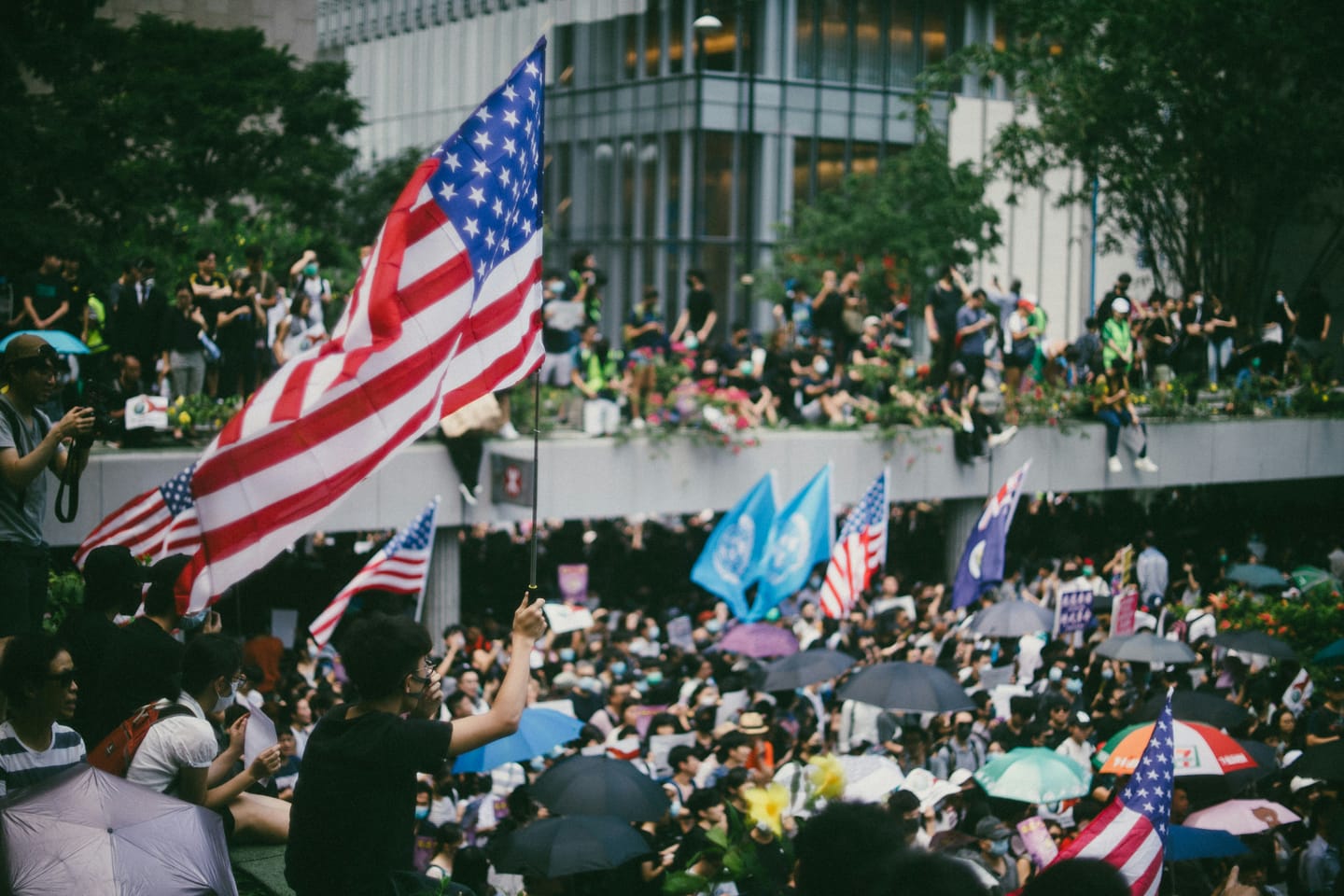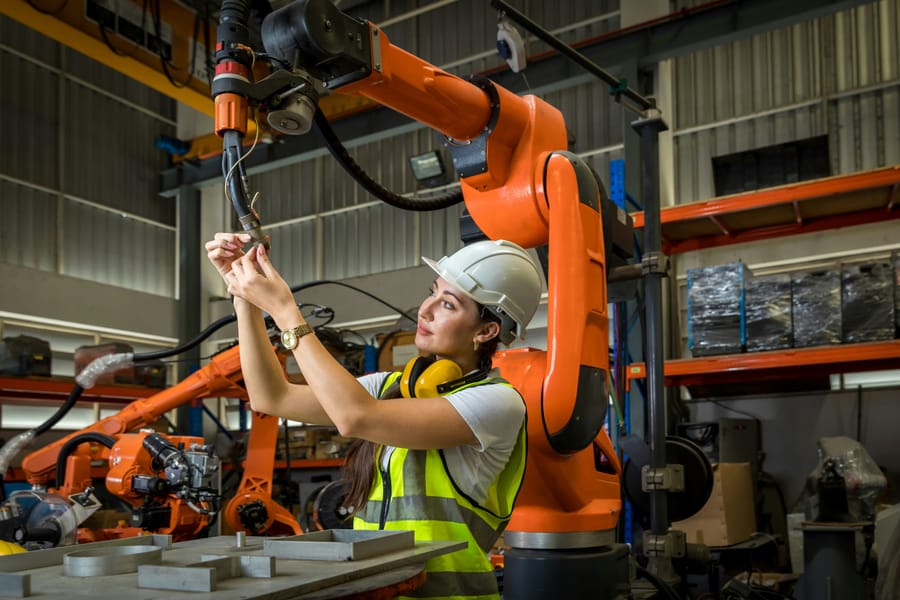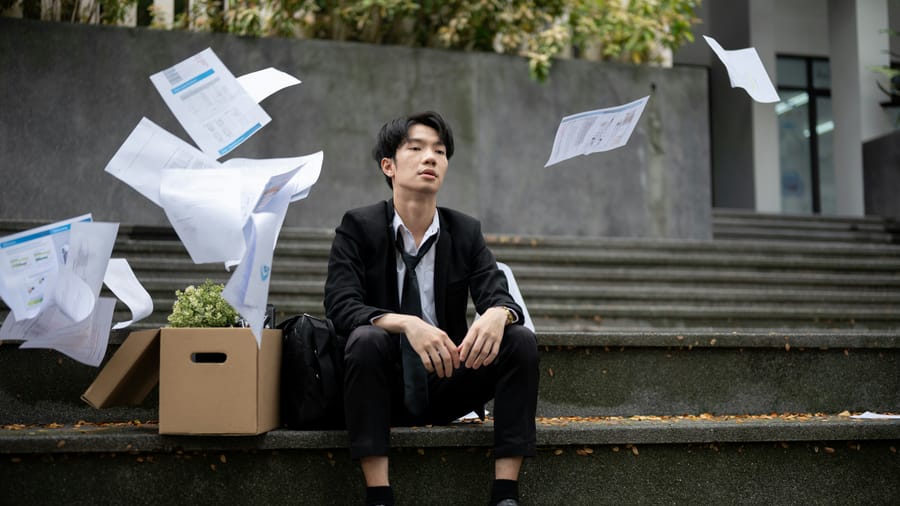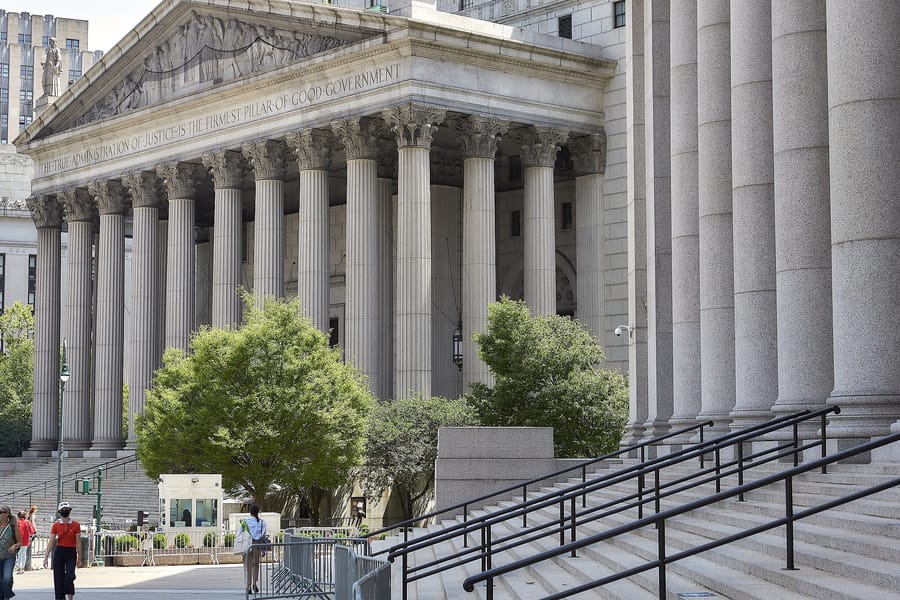By 2025, the AI arms race between the United States and China has reached a new level, carrying not only economic but also social consequences. American companies are pouring significant capital into AI development, while China accelerates its industrial and military applications with state support. According to Tim Gordon, Partner at Best Practice AI in London, the US has adopted a risky strategy: placing a single major bet on large-scale, capital-intensive Artificial General Intelligence (AGI), designed to perform economically valuable tasks more efficiently than humans.
This approach, however, comes with severe side effects. The mass deployment of AGI could disrupt employment and destabilise the social and economic fabric of the United States. Yet Washington’s current stance is that regulation must not be introduced in advance, as it could slow down competition with China. The vast investments are also not guaranteed to deliver on time: if AGI fails to meet expectations, the AI bubble could burst, triggering financial losses and widespread social unrest.
In contrast, China is investing in lower-cost, task-specific AI systems that spread more widely across society. This strategy allows Beijing to steadily expand its influence and move closer to global AI dominance. Current trends therefore create an asymmetric scenario: China may secure long-term advantage, while the United States risks incurring massive financial and societal costs, potentially reshaping the global balance of power in AI.
Sources:
1.

2.

3.









